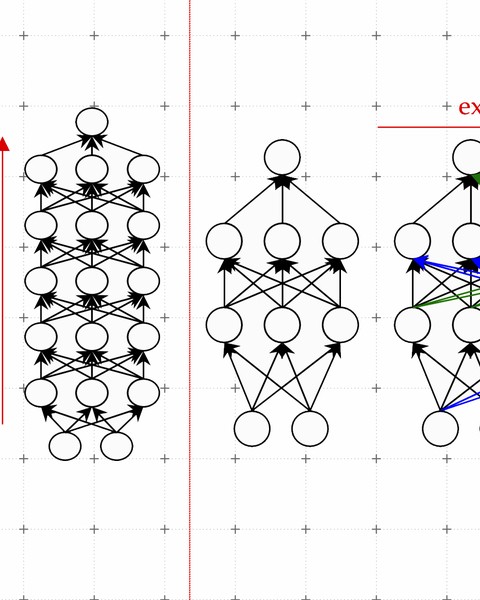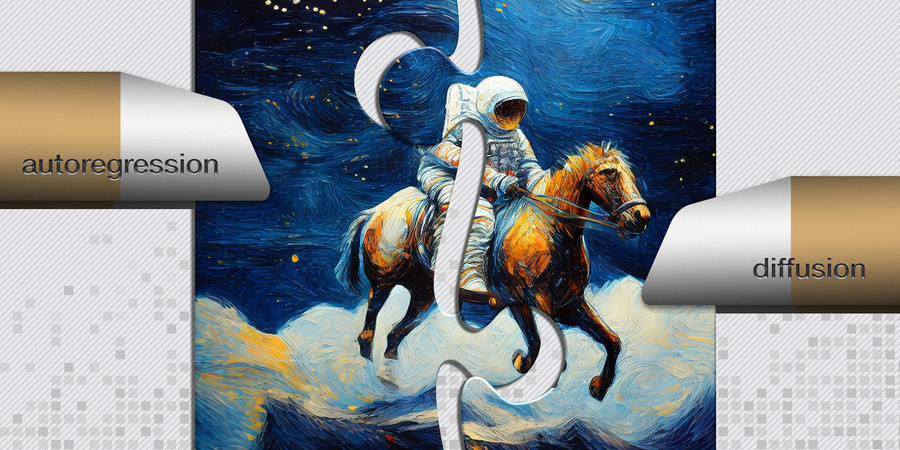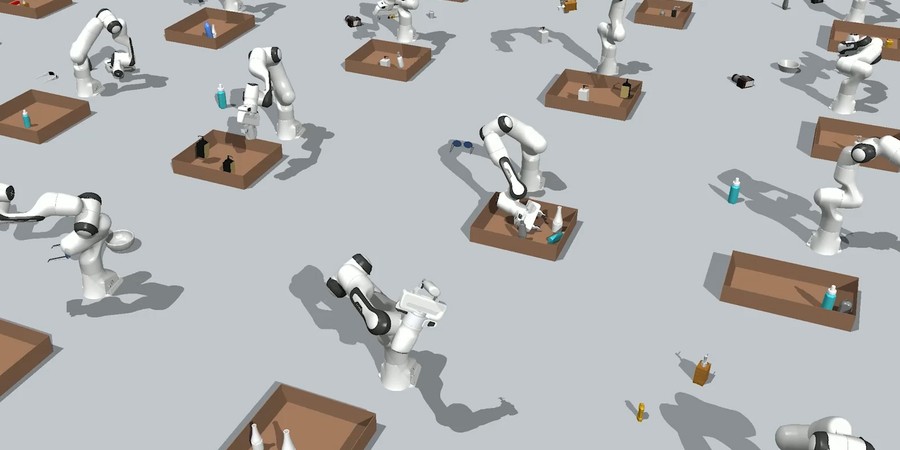March 22, 2023
It’s no secret that OpenAI’s ChatGPT has some incredible capabilities — for instance, the chatbot can write poetry that resembles Shakespearean sonnets or debug code for a computer program. These abilities are made possible by the massive machine-learning model that ChatGPT is built upon. Researchers have found that when these types of models become large enough, extraordinary capabilities emerge.
But bigger models also require more time and money to train. The training process involves showing hundreds of billions of examples to a model. Gathering so much data is an involved process in itself. Then come the monetary and environmental costs of running many powerful computers for days or weeks to train a model that may have billions of parameters.
“It’s been estimated that training models at the scale of what ChatGPT is hypothesized to run on could take millions of dollars, just for a single training run. Can we improve the efficiency of these training methods, so we can still get good models in less time and for less money? We propose to do this by leveraging smaller language models that have previously been trained,” says Yoon Kim, an assistant professor in MIT’s Department of Electrical Engineering and Computer Science and a member of the Computer Science and Artificial Intelligence Laboratory (CSAIL).
Rather than discarding a previous version of a model, Kim and his collaborators use it as the building blocks for a new model. Using machine learning, their method learns to “grow” a larger model from a smaller model in a way that encodes knowledge the smaller model has already gained. This enables faster training of the larger model.
Complete article from MIT News.
Explore
AI Tool Generates High-Quality Images Faster Than State-of-the-Art Approaches
Adam Zewe | MIT News
Researchers fuse the best of two popular methods to create an image generator that uses less energy and can run locally on a laptop or smartphone.
New Security Protocol Shields Data From Attackers During Cloud-based Computation
Adam Zewe | MIT News
The technique leverages quantum properties of light to guarantee security while preserving the accuracy of a deep-learning model.
New Technique Helps Robots Pack Objects into a Tight Space
Adam Zewe | MIT News
Researchers coaxed a family of generative AI models to work together to solve multistep robot manipulation problems.




